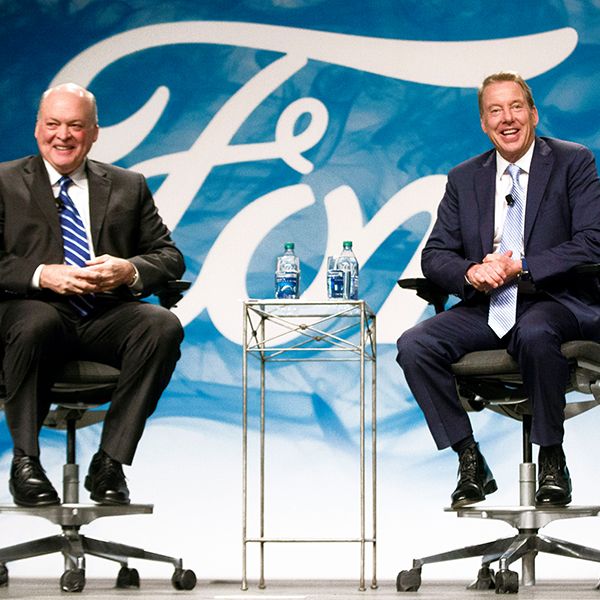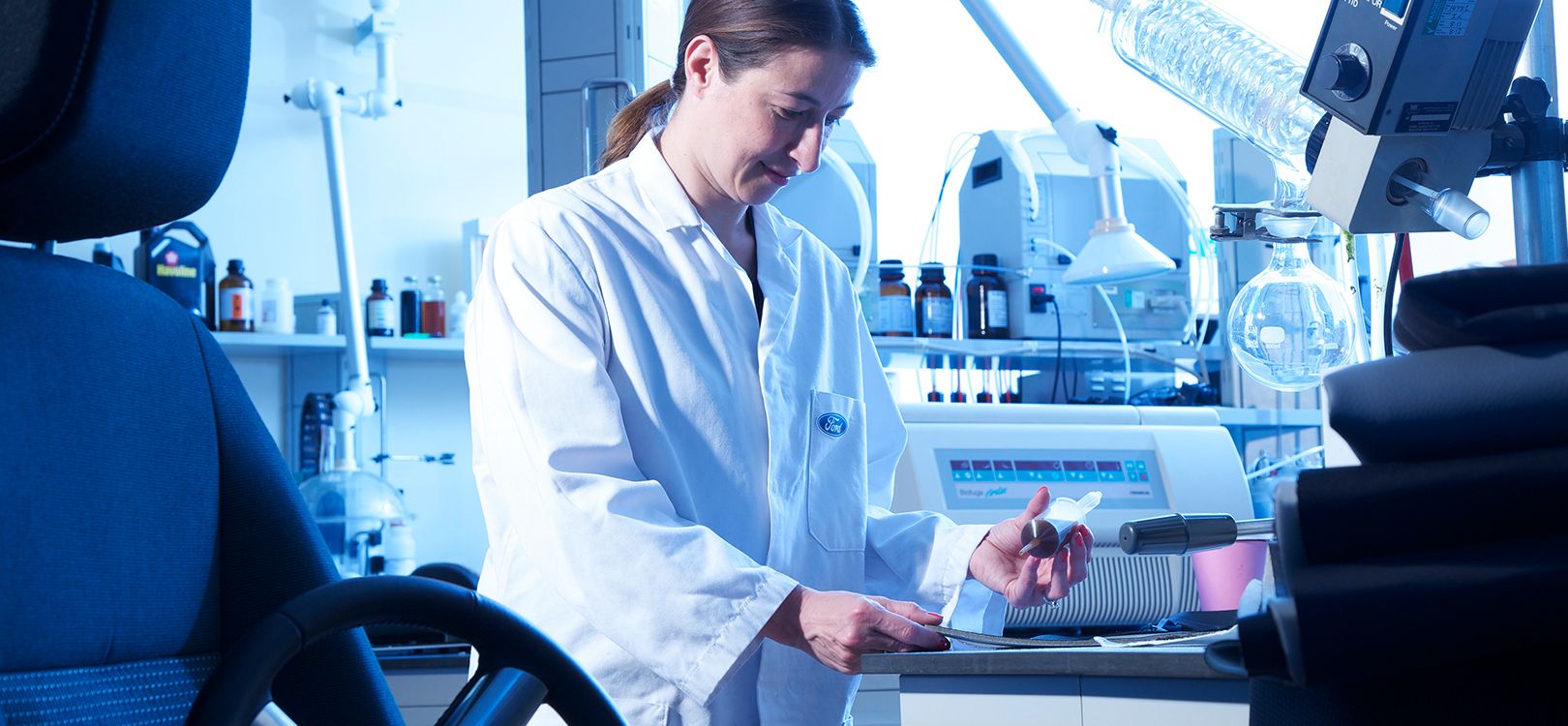
Our Contribution to a Better Tomorrow
“Our planet is facing increasing challenges, with profound implications: greater congestion in cities, the rise of human population and climate change.
Over the past decade, we have developed a comprehensive approach to manage climate change and the opportunities of a changing world. Today, this approach includes delivering CO2 reductions in line with the Paris Climate Accord, and investing in the future of mobility.
As well as reducing vehicle and operational emissions, we’re committed to investing $11 billion in electric vehicles, with a goal of putting 40 hybrid and fully electric vehicles on the road by 2022.
We don’t have all the answers. But what we do have is the drive and the commitment to doing things the right way. We are working to make peoples’ lives better through greater access to mobility, more connectivity, less congestion and reduced emissions.
The future is exciting, and together we believe we can make a real difference to the world.”
Read more about our progress on climate change from Chairman Bill Ford and CEO Jim Hackett

Reducing Vehicle Emissions
We continue to reduce vehicle emissions in line with our 2°C “glide paths,” trajectories that define the industrywide emissions reductions needed to stabilize the climate. These glide paths take into account regional differences in vehicle size and fuel consumption, government regulations and biofuel availability. In 2017, we completed a major revision of our glide path model’s assumption and input data, moving to a 2°C temperature stabilization pathway specific to light-duty vehicles.
We’re committed to making more efficient, lower-impact vehicles and technologies accessible at scale, and support increasing clean car standards in the United States through 2025.
Find out more about our 2°C glide paths and climate change strategy
We have a responsibility for reducing GHG emissions in our products through a series of solutions:

Smarter Vehicle Choices
Offering affordable, accessible lower-carbon options

Smarter Fuel Choices
Evaluating, developing and introducing vehicles that use lower-carbon fuels

Smarter Driving Choices
Giving customers the choice of which vehicles and fuels to purchase and how those vehicles will be driven and maintained

Advances in Engine and Transmission Technologies
Our EcoBoost® engines lead our efforts to deliver significant fuel-efficiency gains and reduce CO2 emissions in gasoline-powered vehicles
In North America, the new 1.5-liter EcoBlue® engine and the 3.0-liter Power Stroke demonstrate the excellent CO2 emissions and fuel consumption characteristics of advanced diesel engines
We continue to focus on sustainable fuels; our advanced diesel engines are already compatible with biodiesel
Our roadmap for migrating our vehicle technologies toward lower-carbon fuel options includes researching alternative powertrains and fuel options across all our vehicles

Advancing Sustainable Materials
Sustainable materials help us to reduce our environmental footprint by using less energy, consuming less waste and moving away from plastics made from fossil fuels.
For nearly two decades, we’ve been a leader in this field. It started with soybean-based foam and, today, around 300 of our vehicle parts – from seat cushions to storage bins – are made from renewable materials. We’ve also started to explore innovative uses of carbon itself, and are first in the industry to develop foams and plastics using captured CO2.
Bamboo: The Next Carbon Fiber?
It can grow a meter in a day, it’s compostable and has the tensile strength of steel. And in recent years, we’ve been working with suppliers to evaluate the viability of using bamboo in vehicle interiors. Our team at the Nanjing Research and Engineering Center has found that bamboo performs better than many other synthetic and natural fibers across a range of materials tests. It has also been heated to more than 212 degrees Fahrenheit to ensure it can maintain its integrity.
“Bamboo is amazing. It’s strong, flexible, totally renewable, and plentiful in China and many other parts of Asia.”
Eco-Efficient Operations
We continue to focus on driving efficiencies globally, and have also applied the glide path targets developed for our future vehicle lineup to our manufacturing operations. Ford achieved a 32 percent reduction in operational CO2 emissions per vehicle in 2017, exceeding our 2025 target of 30 percent seven years ahead of schedule. We also plan to increase focus on the use of renewables local to our operations, and reduce freshwater usage.
Supporting Our Suppliers
While reducing our own environmental footprint, we aim to help our suppliers reduce theirs. The automotive supply chain includes both direct suppliers of parts and components, and indirect suppliers of facilities, equipment, materials and services. To bring environmental impacts down across this network, we set up the Partnership for a Cleaner Environment (PACE). A truly collaborative effort, PACE enables us to share best practices with our Tier 1 suppliers and encourages them to share that information with their own suppliers.


